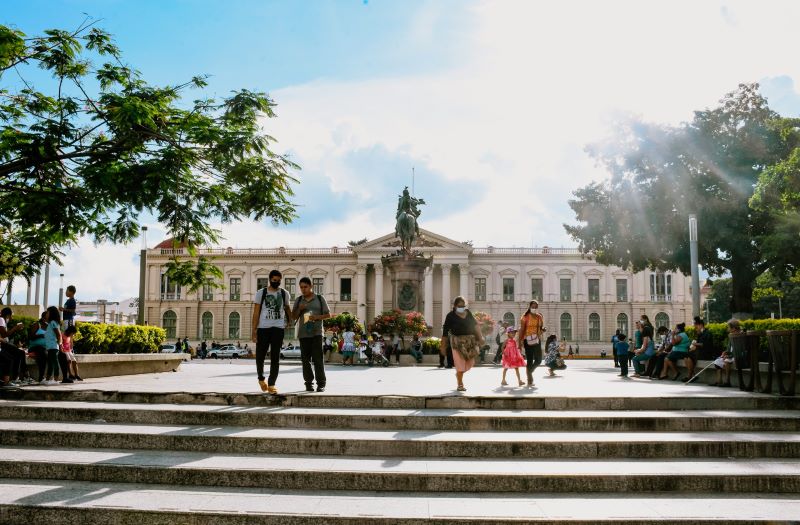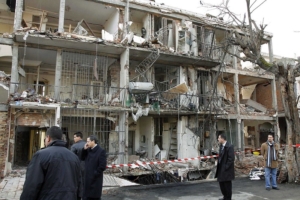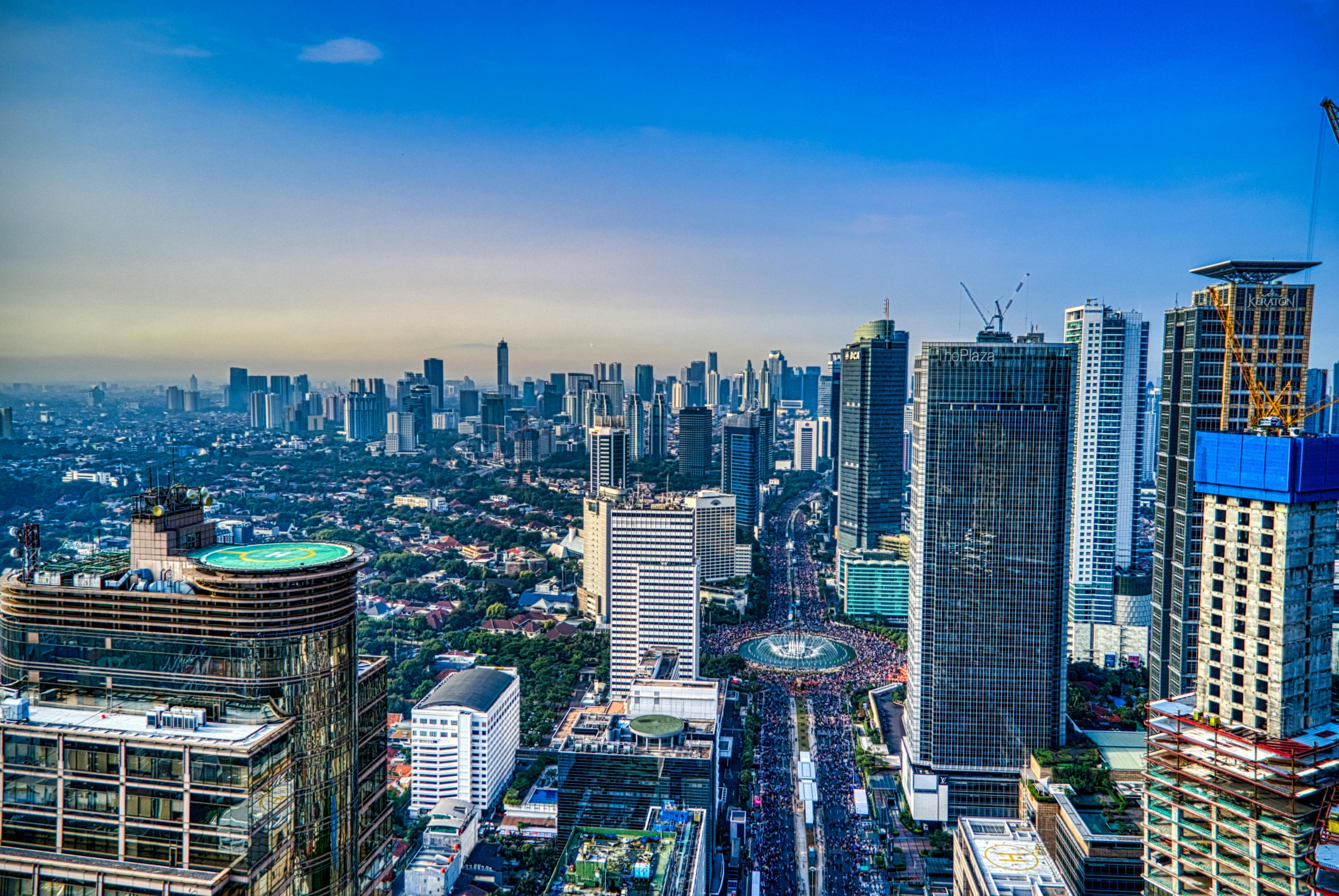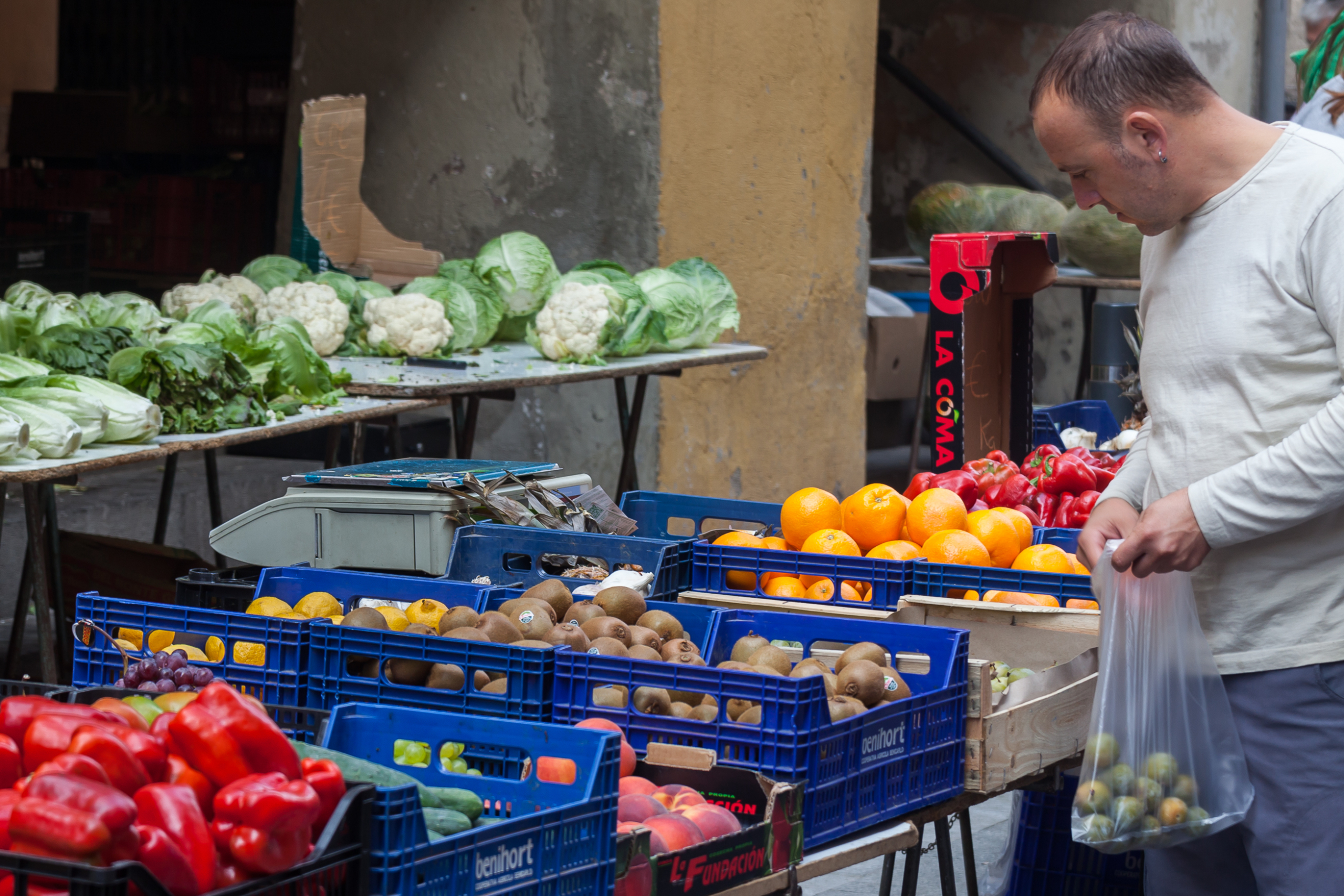 “Fast fashion” reflects the rapid production, consumption and often disposal of clothing garments. It has become intrinsic to consumerist culture; trendy purchases cheap prices and constant wardrobe overhauls are common practices. Brand and company marketing through social media, prints, billboards and even people themselves exacerbate the desire to consume more and more. However, the glamour, cheap pricing and cultural normalization of the fashion fanfare have made it easy for consumers to turn a blind eye to the dark sides of garment manufacturing. The industry largely supports systemic exploitation, child labor and environmental degradation, and perpetuates poverty amongst those already struggling to live. The current reality of fast fashion is bleak, but numerous organizations and initiatives are rising to challenge the system and push consumers and companies to make more ethical choices in fighting fast fashion.
“Fast fashion” reflects the rapid production, consumption and often disposal of clothing garments. It has become intrinsic to consumerist culture; trendy purchases cheap prices and constant wardrobe overhauls are common practices. Brand and company marketing through social media, prints, billboards and even people themselves exacerbate the desire to consume more and more. However, the glamour, cheap pricing and cultural normalization of the fashion fanfare have made it easy for consumers to turn a blind eye to the dark sides of garment manufacturing. The industry largely supports systemic exploitation, child labor and environmental degradation, and perpetuates poverty amongst those already struggling to live. The current reality of fast fashion is bleak, but numerous organizations and initiatives are rising to challenge the system and push consumers and companies to make more ethical choices in fighting fast fashion.
Traid
Traid is a U.K.-based charity retailer that collects and curates second-hand clothes for retail in charity shops. Globally, it funds causes that empower those involved in clothing production, including farmers and garment workers. It has several inspiring projects, including its 2024 initiative in Benin, in collaboration with Pesticide Action Network U.K. and OBEPAB (a Benin-based organization promoting organic agriculture). Traid has committed £336,382 to this 18-month project to improve incomes, health and soil quality for thousands of cotton farmers in Benin.
Cotton farmers often work in hot temperatures and engage in labor-intensive work for long hours with little breaks. They face exposure to harmful pesticides, which can cause health issues but continue to be used to keep yield production high and remain competitive with other farmers.
The Traid project has worked to build the capacity of smallholder farmers through education and the deployment of “Farmer Field Schools.” The organization has strengthened transnational supply chains for local farms and positively promoted Benin’s organic cotton, according to its website.
Consequently, organic cotton farmers have earned more than triple the net income of conventional farmers, and there has been a much higher rate of female inclusion. Not only has the physical health of the farmers improved through reduced pesticide exposure, but their financial, social and emotional health has vastly improved.
GoodWeave
Looking to the area of garment production, a notable non-profit is GoodWeave, founded in 1994, which endeavors to stop child labor in global supply chains. Goodweave works to expose hidden supply chains, empower workers and protect workers’ rights. It also operates a certification system where through its logo certification, it assures consumers that those particular products are free from child labor.
Employing approximately 75 million factory workers worldwide, the fashion manufacturing industry has no small reach. Of these workers, less than 2% make a living wage, often struggling with poverty and barely covering basic living costs like food. The working conditions are also often unsafe – cramped conditions, poor regulations on equipment and lack of ventilation.
GoodWeave has funded rescue and rehabilitation centers that have had transformative impacts on children’s lives. To date, GoodWeave has restored freedom to 10,868 children and provided 99,526 children with direct access to education.
In Nepal, for example, its Hamro Ghar home is populated by young individuals previously exploited and abused in the textiles industry, now with the opportunity to pursue education and break the cycle of poverty and exploitation.
Labour Behind The Label
Labour Behind the Label takes a more lobbying and activism approach to fighting fast fashion. This organization builds solidarity between garment makers and consumers. This helps to breach the socio-spatial difference formed through the production line, which increases consumers’ connection with those who make their clothes and the conditions they endure. Activists from all angles can then collectively lobby companies to improve worker rights.
The organization contributes to the fight against exploitation in the fashion industry, and campaigns for the instigation of a living wage. Its successes so far have seen U.K. retailers sign the “Bangladesh Accord on Fire and Building Safety” to protect workers’ safety, as well as ensuring that victims of the Rana Plaza disaster in 2013, whereby a factory tragically collapsed due to unsafe conditions, have access to long-term compensation. Its policy work and campaigning are significant contributors to ensuring workers’ health, equity and safety.
Looking Forward
The fast fashion industry has, in some instances, become an exploitative and destructive entity, prioritizing money over welfare. However, it does not have to remain this way, thanks to the work of the organizations that are fighting fast fashion. Taking action through political and social activism, advocacy, policy change and spending consumer money more ethically can work to reinvent existing labor chains into fair and just production lines.
– Rebecca Barry
Rebecca is based in Manchester, UK and focuses on Good News and Technology for The Borgen Project.
Photo: Flickr









